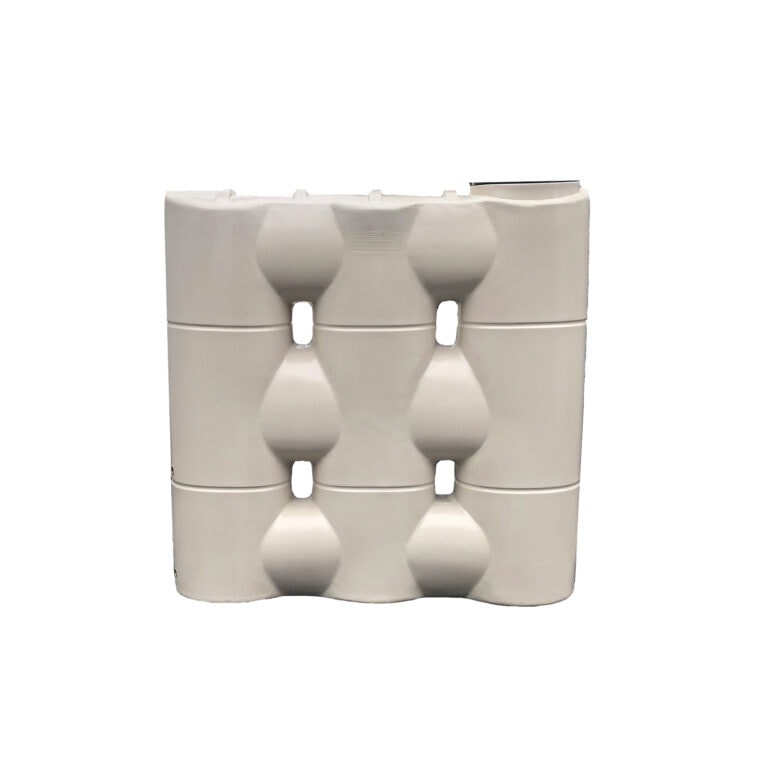Exactly How Slimline Water Tanks Enhance Your Home's Water Effectiveness
Exactly How Slimline Water Tanks Enhance Your Home's Water Effectiveness
Blog Article
Discovering the Various Uses of Rain Containers for Residential and Commercial Residences
As the global concentrate on lasting living practices proceeds to intensify, the use of rain tanks in both property and business settings has become an essential solution. These storage tanks use a storage tank for rainwater harvesting, providing a myriad of possible applications that extend far beyond simple storage space. From watering to toilet flushing and landscape design, the convenience of rain tanks is large. In addition, their integration into industrial homes opens a world of opportunities for eco conscious companies. The multifaceted uses of rainwater storage tanks provide a compelling situation for their adoption, not just as a sensible water-saving measure but also as a testament to responsible resource management.
Benefits of Utilizing Rainwater Containers
Making use of rainwater tanks supplies many advantages for both houses and areas in regards to water conservation and sustainability. Among the essential advantages of utilizing rainwater storage tanks is the significant decrease in reliance on keys supply of water - Slimline water tanks. By capturing and keeping rainwater for later usage, individuals and neighborhoods can decrease their need for treated water, eventually easing the worry on water treatment centers and decreasing power consumption related to water transport and therapy
Furthermore, rain harvesting via tanks supplies a dependable alternate water resource during times of water constraints or shortages. This kept rain can be utilized for numerous non-potable purposes such as irrigation, purging toilets, and washing garments, decreasing the pressure on conventional water resources. Additionally, utilizing rain containers can result in set you back financial savings for both households and neighborhoods by decreasing water bills and reducing the demand for costly facilities developments to fulfill growing water demands.
Essentially, the application of rainwater tanks provides a lasting and eco-friendly method to water administration, profiting both specific customers and the broader community in terms of water preservation, cost-efficiency, and strength.
Rain Storage Tank Use in Watering
Offered the advantages of rain containers in preserving water sources and lowering dependence on keys water supply, a significant application depends on utilizing stored rainwater for irrigation objectives - Slimline water tanks. Rainwater harvesting systems can successfully gather and keep rain, giving a lasting water resource for sprinkling yards, yards, and agricultural fields. By utilizing rainwater for irrigation, property owners can decrease their reliance on treated water sources, leading to cost financial savings and ecological benefits

One of the key advantages of utilizing rain for irrigation is its purity. Rain is naturally soft and without the chemicals and ingredients typically located in mains water, making it suitable for beneficial plants without the risk of dangerous effects. Additionally, rain goes to ambient temperature, which can benefit plant growth by preventing temperature level shocks that can occur with chilly keys water.
Rain Containers for Toilet Flushing

Applying rain tanks for commode flushing is an economical and environmentally pleasant method that advice can be easily incorporated into both household and commercial residential or commercial properties. The saved rainwater can be made use of to flush commodes by linking the container to the existing plumbing system. This straightforward yet efficient remedy can substantially decrease water usage in a building, especially in areas where water see this site shortage is a problem.

Including Rain Containers in Landscape Design
A reliable approach for boosting sustainability in landscape design entails integrating rain containers to maximize water use and advertise environment-friendly methods - Slimline water tanks. Integrating rainwater tanks in landscaping provides various advantages for both property and commercial homes. These storage tanks can capture and store rain runoff from roof coverings, which can then be used for sprinkling yards, grass, and plants. By utilizing rainwater for watering objectives, homeowner can reduce their reliance on municipal water resources, resulting in set you back savings and conservation of valuable water resources.
In addition to supplying a sustainable water resource for landscaping demands, rainwater storage tanks can additionally help in handling stormwater drainage. By capturing rain that would certainly otherwise stream right into tornado drains, these storage tanks can minimize erosion, minimize flooding threats, and prevent contamination of all-natural water bodies. Furthermore, including rain tanks in landscaping can add to the total visual appeal of the home, showcasing a dedication to ecological stewardship.
Business Applications of Rain Tanks
Using rainwater tanks in commercial setups supplies a lasting option for water management and conservation, profiting organizations look at more info and the environment alike. One key commercial usage is for watering functions, where harvested rainwater can be made use of to water landscape design, gardens, and agricultural fields surrounding commercial residential properties.
Moreover, rain storage tanks can be integrated right into the fire suppression systems of industrial structures. By having a dedicated water source for firefighting purposes, businesses can improve their fire safety actions and potentially reduce insurance policy premiums. In addition, rainwater accumulated in tanks can be dealt with and used for non-potable functions within commercial buildings, such as flushing bathrooms, cleansing, and cooling systems. This not just conserves freshwater sources but likewise lowers operating expenses for businesses. Generally, the unification of rainwater storage tanks in commercial settings provides a practical and ecologically liable approach to water administration.
Conclusion
Finally, rain containers supply numerous benefits for both domestic and industrial residential properties. From watering to commode flushing and landscape design, the use of rainwater tanks can help conserve water resources and decrease water bills. Additionally, incorporating rainwater tanks in commercial settings can lead to significant cost savings and environmental advantages. Overall, the versatility and sustainability of rainwater containers make them a beneficial financial investment for any kind of homeowner seeking to boost water effectiveness.
Report this page